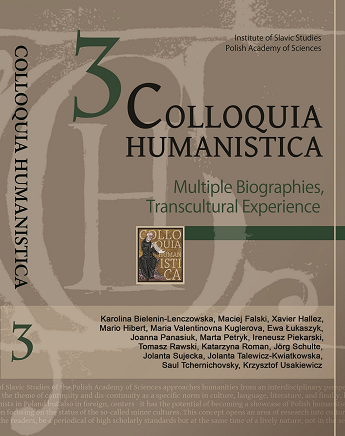One Culture or Multiple Cultures? The Diversity of Roma People in Poland
One Culture or Multiple Cultures? The Diversity of Roma People in Poland
Author(s): Joanna Talewicz-KwiatkowskaSubject(s): Social Sciences, Sociology, Sociology of Culture
Published by: Instytut Slawistyki Polskiej Akademii Nauk
Keywords: Roma people; minority; cultural diversity; Roma in Poland
Summary/Abstract: There are no universal criteria which would be useful to describe the diversity of all of the Roma. Their presence in given country is linked to adaptive processes to majority societies. It is the majority that creates condition and space to which minorities need to adapt somehow. The results of the above-mentioned adaptive processes also vary and depend on an external context. The attitude of given populations towards minorities and the current political and economic situation of given country, where the Roma settled had and still has significant influence on mentioned processes. The way of life of different Romani groups has also a great importance, because sedentary way of life (typical for most European Roma) and external influences especially on culture and models of lifestyle also furthered the adaptive processes. The cultural diversity among the Roma is the case not only with the groups living in different countries. It needs to be emphasized that the Roma who have lived in one country for centuries are not a homogenous group in terms of their culture. Previous migration processes and sedentary or nomadic way of life had a great influence on this internal diversity. In Poland with four distinguished Romani groups such diversity occurs between Carpathian Roma (Bergitka Roma, Polish Highlander Roma) and traditionally nomadic groups: Polska Roma, Lovara, Kelderari. This article is mainly based on available sources and dissertations on the subject. However it refers to the field research regarding the use of European Union’s funds for the Roma community in Poland, which was conducted by the author in 2010 and 2011.
Journal: Colloquia Humanistica
- Issue Year: 2014
- Issue No: 3
- Page Range: 77-89
- Page Count: 13
- Language: English

